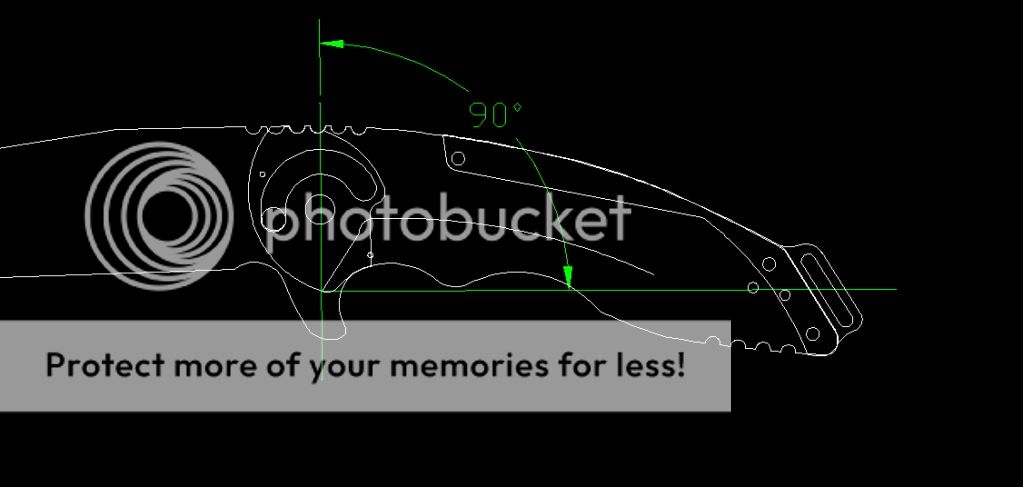- Joined
- Mar 5, 2012
- Messages
- 151
Oh hay Brian or anybody else for that matter.
Let's talk about the angle of the lockface a little. I'm talking the angle relative to the bar its self. Do you usually stick to a 90 deg angle or have you noticed any differences with a more obtuse angle? Sorry hard to explain with out a pic. My lockbar has a curve though its length. I'm talking when the lock gar gets to the lockface that angle. Not the face of the lock but the angle of the bar.
Pics coming.
Let's talk about the angle of the lockface a little. I'm talking the angle relative to the bar its self. Do you usually stick to a 90 deg angle or have you noticed any differences with a more obtuse angle? Sorry hard to explain with out a pic. My lockbar has a curve though its length. I'm talking when the lock gar gets to the lockface that angle. Not the face of the lock but the angle of the bar.
Pics coming.



